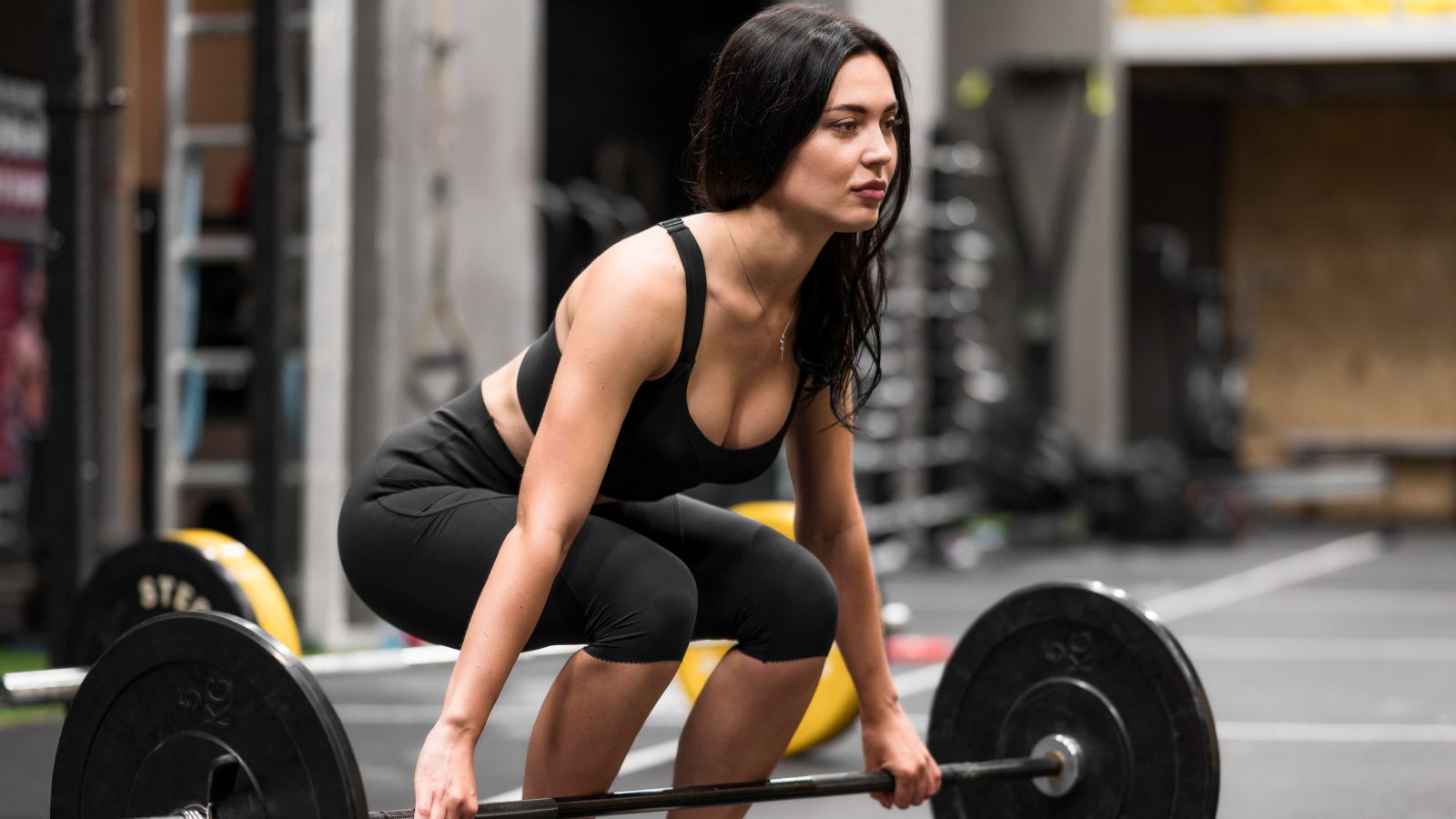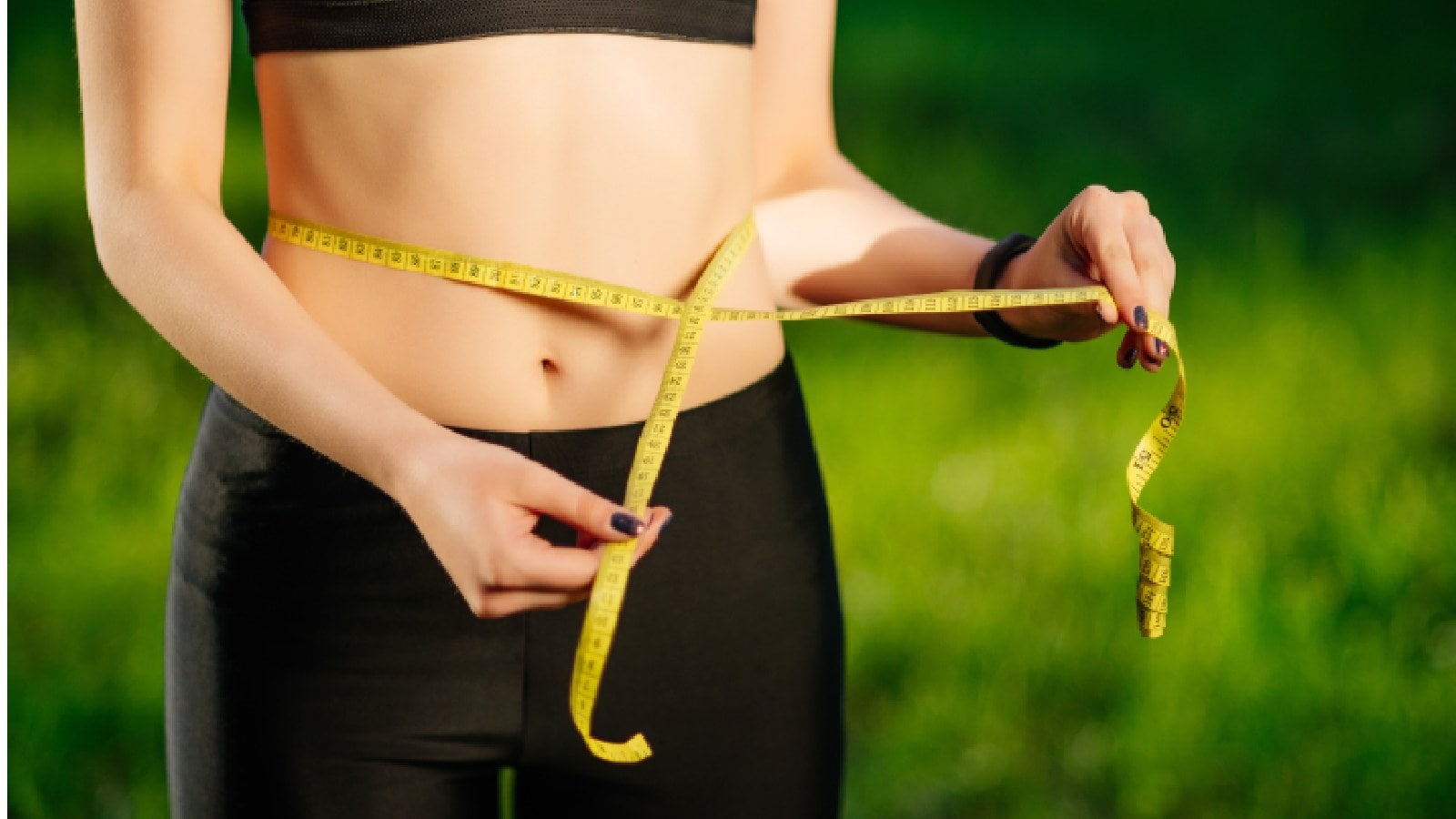
Anaerobic and aerobic exercises are good for your overall health, especially your heart. But should you choose walking and cycling or jumping squats for weight loss?
Wondering whether you should pick anaerobic or aerobic exercise? The choice depends on your fitness goals. While aerobic exercise or cardio uses oxygen to break down nutrients to provide energy, anaerobic works differently. It relies on glucose that is stored in the muscles to power you up. How your body uses stored energy is one of the key differences between these two, but both are great ways to remain fit. If you are specifically looking for weight loss, one may be better than the other. Let us find out who wins in this anaerobic vs aerobic exercise for weight loss debate.
What is anaerobic exercise?
Anaerobic exercise involves high-intensity activity within a short period, fuelled by stored energy in the body. “Anaerobic exercises usually include strength and power training exercises like sprinting, weightlifting, resistance exercises, push-ups, jump training (plyometrics), and burpees,” shares fitness and nutrition expert Aman Puri.

Regular anaerobic exercise helps to:
- Build muscle mass and strength
- Increase power
- Strengthen bones
- Maintain bone mass density
- Improve metabolism
Anaerobic exercise can prevent diabetes, lower blood sugar, and improve heart function, as per research published in Frontiers in 2023.
What is aerobic exercise?
Aerobic exercise training involves increased oxygen utilisation and burning of fatty acids, providing energy during exercise. Such activities are usually performed at a range of intensity for a longer period. Aerobic exercise, also referred to as cardio or endurance activity, involves continuous activity which increases the heart rate and breathing along with oxygenation.
Exercises like walking, cycling, running, and swimming can help –
- Improve endurance and stamina
- Overall strength and fitness
- Manage weight
- Enhance cardio-respiratory health
Anaerobic vs aerobic exercise for weight loss: Which one is better?
Aerobic exercise may be better for you if your aim is to lose extra weight. During a 2015 study published in the Journal Of Physical Therapy Science, researchers found that aerobic exercise reduced weight in obese participants better than anaerobic exercise. Another study published in the Obesity journal in 2013 showed that aerobic exercise alone resulted in significant weight loss in both men and women. They saw an average weight loss of 5 percent due to reductions in fat mass.
“Both aerobic and anaerobic exercises burn calories, but they vary with the intensity or the duration of the exercise,” says Puri.
- Activities like running or cycling for 30 minutes may burn almost 280 to 350 calories.
- Moderate circuit training or moderate rowing burns around 200 to 240 calories within half an hour.
- Performing butterfly or backstroke in swimming may burn almost 400 calories.
- Brisk walking burns around 150 to 180 calories. Uphill walking or jogging burns almost 600 calories.
- Vigorous weightlifting or strength training may burn up to 370 to 410 calories.
- Burpees and jumping squats burn almost 350 to 400 calories with 30 minutes of vigorous exercising.

Including aerobic activities like jumping, running, and cycling can help manage weight in day-to-day life, but you should also include anaerobic activities to burn calories.
“Combining aerobic and anaerobic exercises in your routine can help build better stamina and improve muscle strength, besides shedding those extra kilos,” says the expert.
Anaerobic and aerobic exercises for weight loss
1. Running (aerobic exercise)
- It can be performed simply by beginners or intensified by inclined or uphill running.
- Start with a 10-minute warm up of jogging and 15 to 20 minutes of running.
2. Jumping squats (anaerobic exercise)
- Keeping your body straight, with feet aligned with the width of hip.
- Bend your hips and knees in a squat pose.
- Again, stand up straight, pushing your heels and making a jump forward.
- Start with one set of 8 to 15 reps then increase the number of sets to intensify the training.
3. Swimming (aerobic exercise)
There are many swimming styles, and breaststroke is one of them.
- Keep your body straight and float with your face in the water.
- As you keep your arms and legs straight, stack your hands.
- With your thumbs down, press your hands out and back in a circle.
- Keep your head up a little bit and inhale.
- Point your thumbs up, get your hands together in front of your shoulders, and keep your elbows near your body.
- Bend your knees, as you bring your feet toward your bottom, and point them outward.
- Take your arms forward, and kick out and back in a circle.
- Bring your feet together, and drop your head under the water then exhale.
- Move forward and repeat the steps for about 30 minutes.
4. Deadlifts (anaerobic exercise)
- Pick up a weight bar from the ground while positioning your feet apart with shoulder-width.
- Bend down and lift the gym equipment and move your back straight upwards.
- Slowly bring the weight back while bending forward.
5. Cycling (aerobic exercise)
- Sit on a cycle, grab the handlebars while keeping your elbows straight.
- Your knee should be lower than your hips, as you use your feet to stroke the pedal in circular motion.
Anaerobic and aerobic exercises are beneficial for overall health. They may help with weight loss and building strength and improving heart health. But people with chronic medical problems or injuries or those in the older age group should consult their doctor before performing these physical activities.
Source: healthshots





